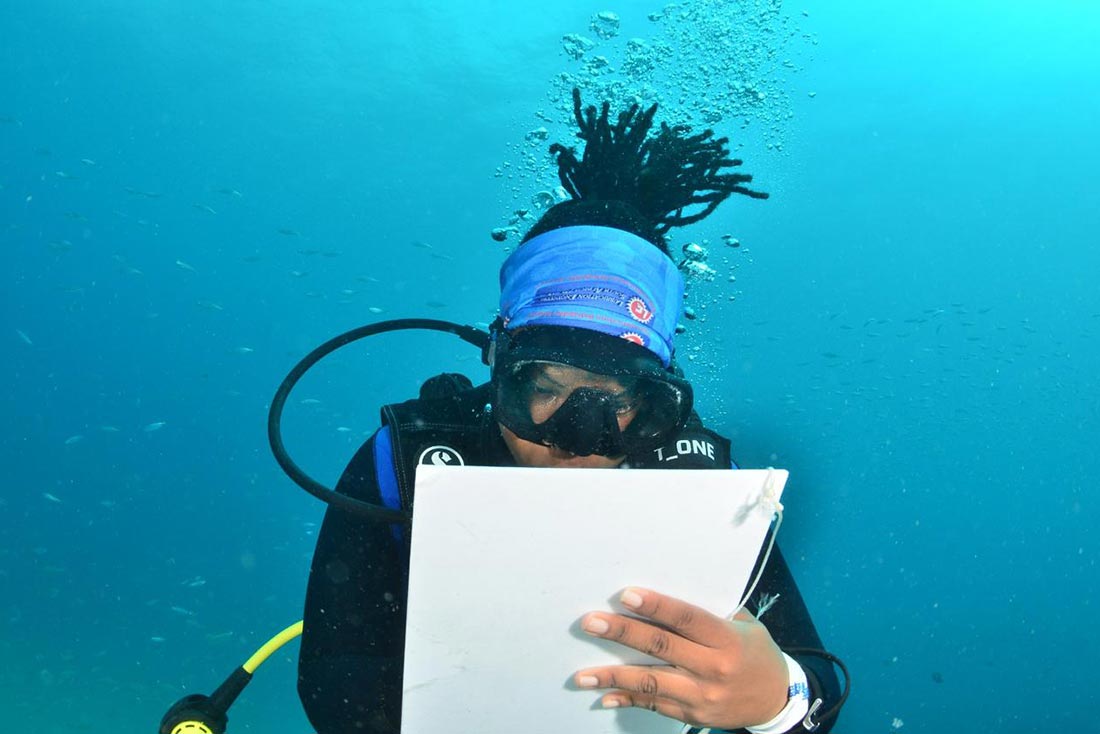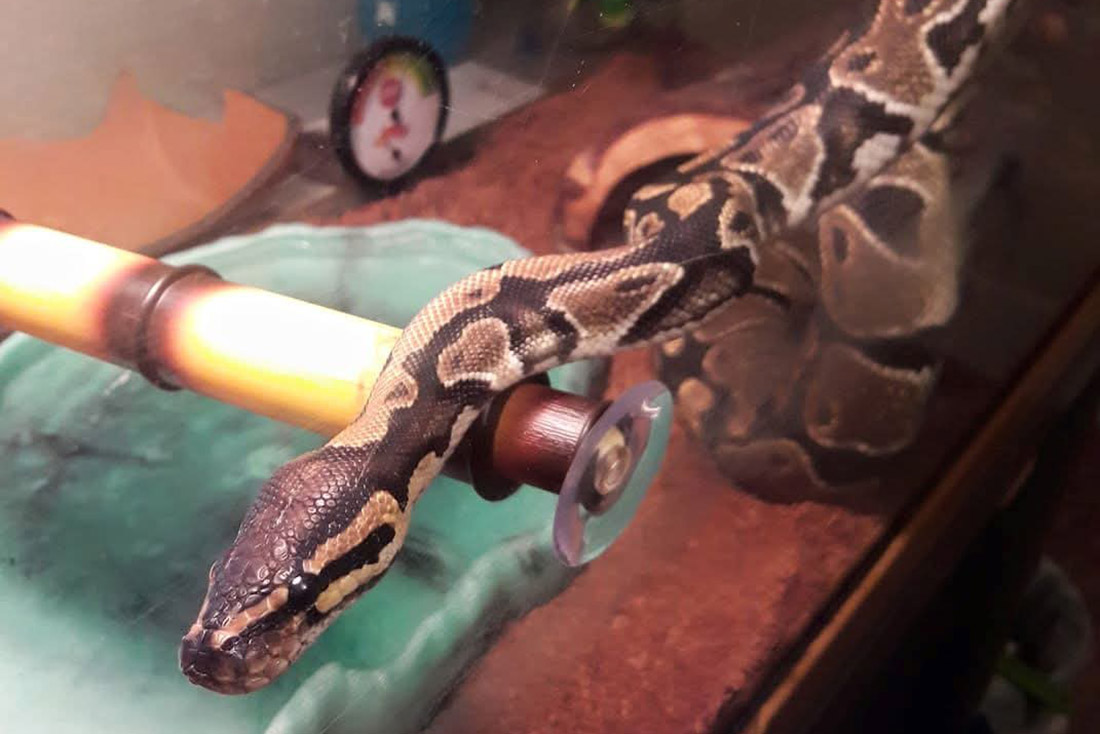The dry forests and savannahs of the Paraguayan Chaco encompass a large swathe of South America. Like the Amazon, this area is home to a complex and diverse ecosystem. And like the Amazon, this species-rich region is vulnerable to the effects of human development and activities, including rapid deforestation.
That’s why nationally recognized veterinarian Dr. Don Neiffer and a team of collaborators have centered research projects in the area, including the Conservation Nation-funded, two-year project to track and study Lowland tapirs, which began this summer.
Scientists plan to outfit at least five individuals with GPS tracking collars, two of which were funded by Conservation Nation. The data collected by these trackers will help establish where these animals go and why. This will make it possible for conservationists to work with local communities in managing both protected and private lands for many species, tapirs included, which move freely through regions currently segmented by fencing and farming.
It’s no surprise that climate change has made expeditions more difficult. Dr. Neiffer’s first trip to the area this past July was planned to align with the Chaco’s dry season; the reality was the opposite—unseasonable and sometimes heavy rains persisted for many days prior to the team’s arrival, making it less likely the team would catch a wild tapir. That’s because the animals did not need to concentrate around isolated water holes, which are the only source of water for tapirs during the dry season.
Camera traps strategically positioned throughout the countryside produced both nighttime and daytime images of tapirs, moving through an area just as researchers inconveniently had set up capture blinds somewhere else.
In one bit of footage, a tapir slobbers on the camera trap lens before stomping away into the brush. This recording of the tapir, combined with clips of other species going about their daily lives, serves as an invaluable clue as the project progresses. Pumas, capybaras, giant anteaters and more have been filmed, providing insight into both animals’ movements and the area’s great biodiversity.
Dr. Neiffer plans a return trip in August or September of 2020. Until then, other groups from the research team will take turns on site through November using large-scale box traps installed in an attempt to safely catch wild tapirs as they pass through the area.
Stay tuned for more updates.









